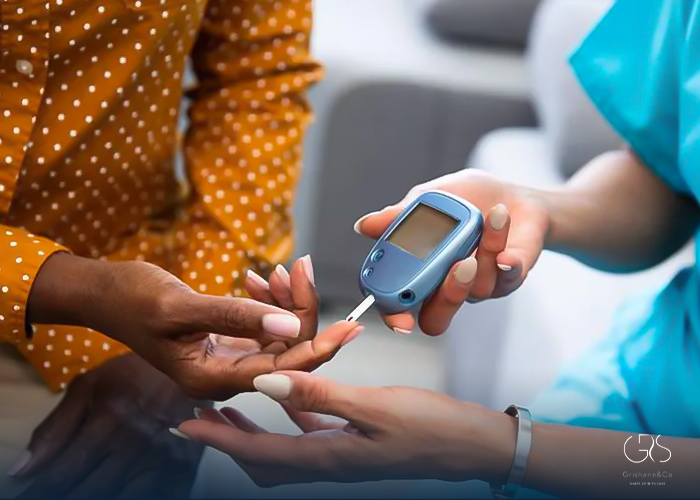Type 1 diabetes, also known as insulin-dependent diabetes mellitus, is a chronic autoimmune disease that affects millions of people worldwide. It predominantly occurs in children and young adults, although it can develop at any age. Understanding the signs and symptoms of type 1 diabetes is crucial for early detection and prompt management of this condition. In this article, we will delve into the various signs and symptoms of type 1 diabetes, consider relevant statistics, and explore diverse perspectives surrounding this pervasive disease.
Understanding Type 1 Diabetes
Type 1 diabetes is characterized by the destruction of the insulin-producing beta cells in the pancreas. This autoimmune response disables the body’s ability to regulate blood glucose levels, leading to chronically elevated levels known as hyperglycemia.
According to the Diabetes Research Institute Foundation, approximately 1.25 million Americans are living with type 1 diabetes. This represents about 5% of all diagnosed cases of diabetes in the United States. Globally, the International Diabetes Federation estimates that around 10% of people diagnosed with diabetes have type 1 diabetes.
Signs and Symptoms
Increased Thirst and Frequent Urination
Excessive thirst, known as polydipsia, is a classic symptom of type 1 diabetes. The elevated blood glucose levels cause an increase in urine output, leading to frequent urination, known as polyuria.

Unexplained Weight Loss
Rapid weight loss, despite increased appetite, can occur in individuals with undiagnosed or poorly managed type 1 diabetes. The body begins breaking down muscle and fat reserves to compensate for the lack of glucose utilization.

Extreme Hunger
Type 1 diabetes affects the body’s ability to utilize glucose as an energy source. As a result, the body craves more food to compensate for the energy deficit, leading to feelings of extreme hunger, or polyphagia.
Fatigue and Weakness
Due to inadequate glucose utilization, individuals with type 1 diabetes often experience chronic fatigue and weakness. The body’s cells are unable to receive the necessary energy to function optimally.

Blurred Vision
Persistently high blood glucose levels can lead to fluid imbalances in the eyes, resulting in blurred vision. This symptom is often temporary and improves following proper diabetes management.

Slow Healing of Wounds
High blood glucose levels impair the body’s ability to heal wounds efficiently. Chronic cuts, sores, or infections may take longer to heal in individuals with type 1 diabetes.
Recurrent Infections
People with type 1 diabetes are prone to frequent urinary tract, vaginal, and yeast infections. The elevated blood glucose provides a favorable environment for bacteria and fungi to thrive.
Diverse Perspectives on Type 1 Diabetes
While the medical community agrees on the symptoms and impact of type 1 diabetes, various perspectives surrounding this condition exist. Some emphasize the physical and psychological challenges faced by individuals living with the disease, while others focus on the importance of research and technological advancements to improve management.
Psychological Impact and Well-being
Living with type 1 diabetes can significantly impact an individual’s mental and emotional health. The constant management of blood glucose levels, insulin injections, and dietary restrictions can cause stress, anxiety, and feelings of isolation. Support from healthcare providers, family, and peer groups plays a vital role in addressing these psychological challenges.
Technological Innovations and Type 1 Diabetes Management
Advancements in diabetes care have revolutionized the management of type 1 diabetes. Continuous glucose monitoring systems (CGMs) and insulin pumps have allowed for better glucose control and increased flexibility in daily life. However, these technologies may not be accessible to everyone, highlighting the need for improved access and affordability.
Conclusion
Type 1 diabetes is a complex and challenging condition that requires ongoing management and support. Understanding the signs and symptoms of this disease is crucial for early detection, proper treatment, and improved outcomes. By considering diverse perspectives and fostering research and technological advancements, we can continue to enhance the lives of individuals living with type 1 diabetes.
Sources
- Diabetes Research Institute Foundation, Type 1 Diabetes
- International Diabetes Federation, IDF Diabetes Atlas 9th Edition










